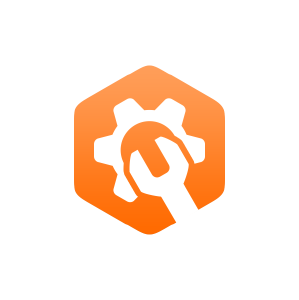Search
- Filter Results
- Location
- Classification
- Include attachments
- https://eng.libretexts.org/Bookshelves/Computer_Science/Applied_Programming/Think_Complexity%3A_Exploring_Complexity_Science_with_Python_(Downey)/03%3A_Small_World_Graphs/3.02%3A_Watts_and_StrogatzIn a graph, a clique is a subset of nodes that are all connected to each other; in a social network, a clique is a set of people who are all friends with each other. Watts and Strogatz show that regul...In a graph, a clique is a subset of nodes that are all connected to each other; in a social network, a clique is a set of people who are all friends with each other. Watts and Strogatz show that regular graphs have high clustering and high path lengths, whereas random graphs with the same size usually have low clustering and low path lengths. Watts and Strogatz found that small values of p yield graphs with high clustering, like a regular graph, and low path lengths, like a random graph.
- https://eng.libretexts.org/Courses/Arkansas_Tech_University/Engineering_Modeling_and_Analysis_with_Python/11%3A_Libraries/11.05%3A_Scikit-learn_(sklearn)_-_Supervised_and_Unsupervised_LearningThis page describes Scikit-learn, an open-source Python library for machine learning, which supports supervised and unsupervised learning algorithms, emphasizing simplicity and efficiency. It includes...This page describes Scikit-learn, an open-source Python library for machine learning, which supports supervised and unsupervised learning algorithms, emphasizing simplicity and efficiency. It includes features for classification, regression, clustering, and more. An example demonstrates predicting material hardness via linear regression, covering data preparation, model training, evaluation, and predictions. Scikit-learn is extensively utilized in diverse machine learning applications.
- https://eng.libretexts.org/Bookshelves/Data_Science/Principles_of_Data_Science_(OpenStax)/06%3A_Decision-Making_Using_Machine_Learning_Basics/6.02%3A_Classification_Using_Machine_LearningThis page covers key learning objectives in classification problems, focusing on logistic regression and clustering techniques. It explains logistic regression for binary classification, emphasizing p...This page covers key learning objectives in classification problems, focusing on logistic regression and clustering techniques. It explains logistic regression for binary classification, emphasizing parameter optimization and its application in predictive modeling, illustrated with a graduation probability example. The k-means clustering algorithm is detailed, showcasing its iterative process and limitations, alongside DBScan for density-based clustering.
- https://eng.libretexts.org/Bookshelves/Data_Science/Principles_of_Data_Science_(OpenStax)/06%3A_Decision-Making_Using_Machine_Learning_Basics/6.07%3A_Group_ProjectThis page summarizes three data analysis and classification projects: Project A compares k-means and DBScan clustering techniques on two datasets; Project B develops a decision tree classifier to pred...This page summarizes three data analysis and classification projects: Project A compares k-means and DBScan clustering techniques on two datasets; Project B develops a decision tree classifier to predict college completion based on GPA and in-state status, experimenting with training/testing ratios and pruning; Project C uses DGaussian Naive Bayes to predict outcomes in liver disease patients.

